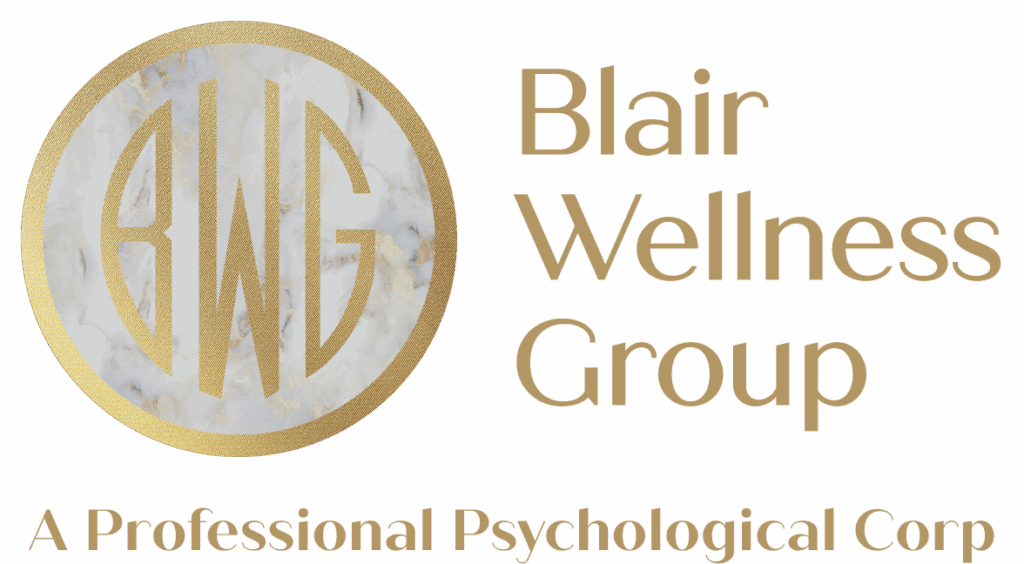Bipolar Disorder has also been known as manic depression. The basic characteristic of bipolar disorder is that the individual experiences extremes in emotions and moods from very high to very low. That is why it is called “bipolar” because the highs represent one pole and the lows represent another pole, so the combination is called “bipolar.” The bipolar disorder produces effects on the individual’s thinking, behavior, energy levels, and sleep patterns.
The alternating moods may go from feeling energetic and happy to feeling lethargic, hopeless, and sad. Between the extremes of mood, the individual may feel relatively normal.
Manic: The period of highs are called “manic,” meaning that the individual’s mood is exaggeratedly exuberant, energized, and demonstrative. The manic pole of behavior may also be demonstrated in behavior that is irritable, impulsive, and poorly-thought-out decision making. In the manic state, the individual may also experience delusions and/or hallucinations. Delusions are ideas which are irrational but which can’t be reasoned away out of the thinking of the manic individual. Hallucinations are imaginary images which seem to the real to the person experiencing them.
Hypermania is the term for the most extreme forms of manic behavior. Hypomania is the term for the less extreme demonstrations of manic behavior. While in hypermania, the individual may demonstrate elated, erratic behavior, emotional extremes, seemingly out of control which may have a variety of adverse effect on their daily life, for hypomania, the symptoms are still present but not to the degree that they significantly affect daily life.
Depressive State: The opposite of the manic state is the depressive state, in which the individual feels depressed and sad. The characteristic depressive behaviors are the same as in a major depressive disorder, but the fact that they alternate with periods mania and elation makes them bipolar rather than fully depressive.
Typically, bipolar individuals may be in the depressive state more often and for longer periods than for the manic, elated state. Further, the alternating high and low moods do not always follow a particular pattern. Long periods of depression may be unexpectedly interrupted by shorter periods of elation. Switches from one mood extreme to the other are often without warning or apparent causation or motivation. Periods of elation or depression may last for days, months, or, in extreme cases, even possibly for years.
Bipolar Disorder Symptoms:
Manic State:
- Exuberant happiness,
- Excitement
- Mood swings from happy to irritability
- Sudden anger, hostility
- Aggressive behavior
- Inability to slow and relax, restlessness
- Inability to concentrate on one thing at a time
- Rapid, exuberant speech patterns
- Being excessively energetic
- Sleeplessness, or need for minimal sleep
- Increased sex drive
- Formation of grandiose plans
- Low rational judgment
- Excessive use of drugs and/or alcohol
- Impulsiveness
Depressive State:
- Feelings of sadness
- Low energy
- Feeling hopeless
- Feeling worthless
- Loss of enjoyment in things previously enjoyable
- Difficulties in concentrating
- Fits of crying
- Poor capabilities in making decisions
- Being irritable
- Excessive sleeping, a feeling of wanting to sleep all the time
- On the other hand, possibly insomnia
- Changes in appetite, eating more or eating less
- Thoughts of death
- Thoughts of suicide
- Suicide attempts
The demonstration of any or many of these symptoms may signal bipolar disorder. Consultation with a psychologist can contribute to a better understanding of these feelings and effects. Psychological counseling can contribute to an alleviation of the most adverse and objectionable symptoms and to a decrease in the most harmful behaviors affecting the individual, family, friends, and circumstances at work. Psychological counseling will contribute to the individual’s improved self-awareness, comprehension, and understanding of his or her personal behavior, emotions, and resulting actions.
Dr. Cassidy Blair is a renowned Licensed Clinical Psychologist and trusted Performance Coach who specializes in providing Concierge-Psychological Care and Executive Coaching for high-achieving professionals. With a deep understanding of the unique challenges faced by CEOs, executives, entrepreneurs, and leaders, Dr. Blair offers tailored, confidential care designed to foster emotional well-being, personal growth, and professional excellence. Her clientele values her discretion, clinical expertise, and emotionally intelligent approach to navigating complex personal and professional dynamics.
- This author does not have any more posts.




